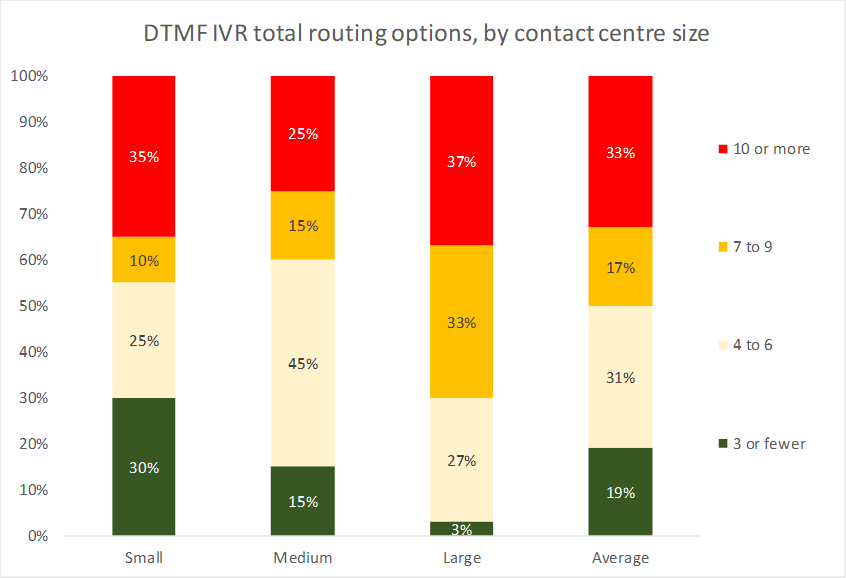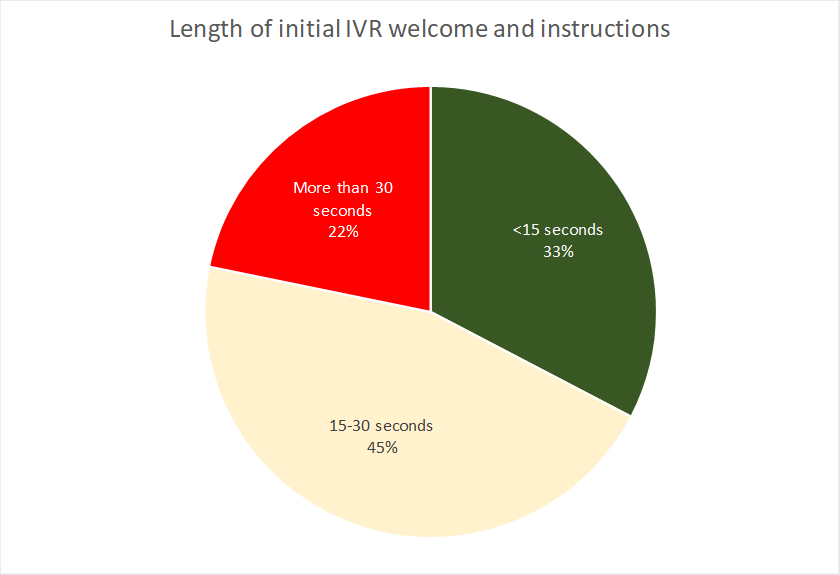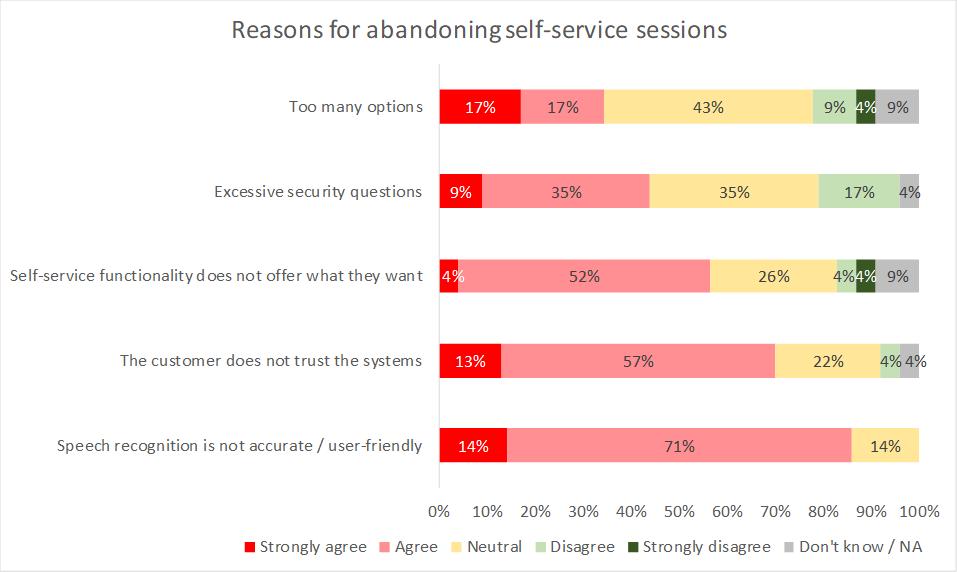Whether used as a self-service tool, or to route calls, touchtone IVR is one of the most widely-used contact centre technologies, with 47% of UK contact
centres offering self-service to customers through a touchtone / DTMF IVR
interface. It has proven to be of use as a live-call deflection tool,
with an average of 1 in 7 calls being handled entirely by self-service without
requiring an agent.
As the cost of a live
agent-handled call is around £4.00 - £4.50, with a telephony self-service
session being 50-70p, this is something that businesses have been keen to offer where possible - but it hasn't always been popular with customers.
If callers agree to
try a company’s self-service system rather than insisting upon talking to an
agent, there is an implied contract that if the self-service session is
unsuitable, the caller should be allowed to speak with an agent. Few things can
frustrate callers more than being hectored into using an unhelpful and
irrelevant self-service system.
IVR Hell
There is a broadly
positive correlation between the size of the contact centre and the proportion
of self-service sessions that are abandoned in favour of speaking to an agent:
the larger the contact centre, i.e. the more often customers ‘zero out’. One
possible reason for this might be that larger operations are trying to do too
much with their self-service. There is some evidence to suggest that this is
the case, as it is very noticeable that respondents from larger organisations
tend to have far more options in the auto-attendant functionality of their IVR
solution.

It is not just the
number of levels in a menu that can frustrate customers, but also the overall
number of options within each level. As the customer cannot see what the
options are, but has to listen to each, it can be a very frustrating
experience, and one which the movement to visual channels such as web
self-service or visual IVR via a smartphone will go a long way towards
alleviating.
Increased customer
effort
Customer effort can be affected by the blocks
and frustrations that businesses inadvertently put up at the beginning of a voice call.
The typical IVR
experience will often begin with a generic welcome announcement before offering
various options for the customer to choose with a DTMF keypad (the large majority of IVR is carried out with DTMF rather than speech recognition).
Larger
contact centres (usually with more departments, skill-sets and
products/services) will tend to have the longest initial IVR announcement, with
36% reporting announcements longer than 45 seconds.

‘Zeroing-out’
Even amongst those
respondents for whom telephony self-service is a vital part of the customer
contact strategy, it’s no use trying to shift every customer service
interaction onto telephony self-service, as if customers don’t want to use IVR,
they will “zero-out” (press 0 for a live agent, or try to find a similar
shortcut). And if businesses don’t offer a live agent option to an irate and
frustrated caller, they won’t need to worry about providing customer service to
them in the future, as they’ll go elsewhere.
Overall, in 2018, a mean
average of 10% of calls that go into the self-service option were “zeroed-out”:
instances where the customer decides that they in fact wish to speak with an
operator. This figure is lower than the historical norm of 15%.
Reasons for abandoning self-service
More than half of survey respondents agreed that customers abandoned
self-service sessions because the self-service function simply does not offer
what the customers want. While this at first glance may appear negative, it is
the case that even in the most commoditised and transaction-driven environments
a substantial proportion of customers will want to speak to a person, either
because the system does not allow them to do what they want, there is a
complicating factor involved, or simply that they wish reassurance or have
multiple questions.

In such circumstances, it is the customer’s choice to abandon the
session, and this does not have to be a particularly negative experience as
long as a clear exit path that leads to a live agent is marked early in the
process. Situations where businesses hide their agents from customers, making
them go around in IVR loops are the ones that give all telephony self-service a
bad name.
17% of respondents strongly agree that having too many options presented
to customers is a major reason for them seeking human assistance, and it is
noticeable that 70% of respondents agree to some extent that the customer
simply does not trust the system, preferring to have human reassurance that the
request they have made has been carried out, or the information they are looking
for is actually correct.
Of those using automated speech recognition, 85% of respondents agree or
strongly agree that speech recognition is unpopular with customers due to lack
of accuracy and user-friendliness. This is perhaps more to do with customer
habits and lack of confidence with how to use the system than anything more
technical. As customers continue to be encouraged to use natural language (both
by successful interactions with corporate self-service applications, but
perhaps more importantly through digital virtual assistants such as Siri and
Alexa), this issue should decline.